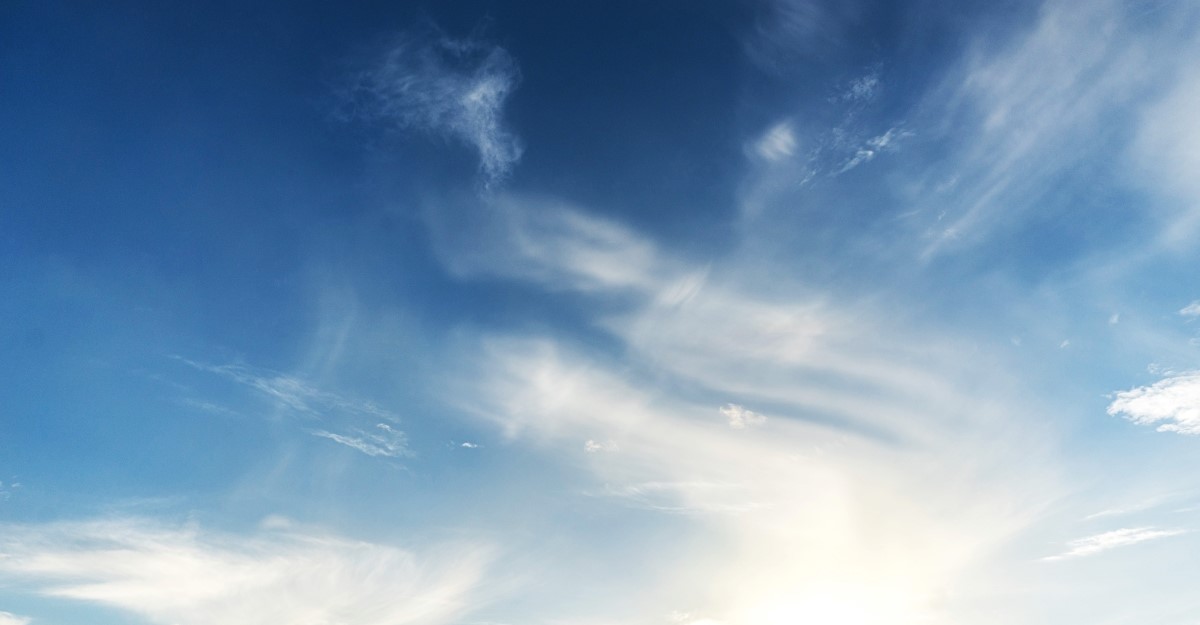Take a deep breath and let it out. Did you see anything go in and out of your nose and mouth? No? But you definitely felt it! So, what is in the air we breathe, and why can’t we see it?
Our planet consists of almost 100 different elements. Everything that makes up our planet is made of a combination of these elements. For example, our bodies are made mostly of carbon, hydrogen, nitrogen, oxygen, phosphorus, and sulfur. Water is made of hydrogen and oxygen. Some materials are solids, some are liquids, and some are gases, but all materials are made of elements.
The air we breathe is a mixture of gases. The gas that makes up most of the air we breathe is… NOT oxygen! Nitrogen makes up about 78% of the Earth’s atmosphere. Breathing an atmosphere of pure oxygen would damage the delicate tissues and blood vessels in our lungs, so it’s a good thing that most of our atmosphere is nitrogen. Bacteria convert nitrogen gas into a dissolved form of nitrogen that plants can take up through their roots. When we eat plants, we get nitrogen nutrition!
Oxygen makes up about 21% of the air we breathe. There is a perfect amount of oxygen in the atmosphere: enough for our lungs to absorb into our blood, but not enough to damage our tissues. The trillions of cells in our bodies use oxygen to break down molecules absorbed from the food we eat. This is what fuels all our activity, from playing soccer to thinking out math problems!
Air contains smaller amounts of many other gases. Argon makes up less than 1% of the atmosphere and is used in making lightbulbs. Carbon dioxide makes up 0.04% of the atmosphere, but it’s enough carbon dioxide for all Earth’s plants to make the food they need. Helium is used to fill balloons and blimps. Neon is used in lighting and lasers.
If there is so much good stuff in the air we breathe, why can’t we see it? Our eyes sense certain wavelengths of light that hit objects and reflect back to our eyes. The molecules of gas in the atmosphere are so small and spaced so far apart that most light waves pass right by them and don’t reflect back to our eyes. The light waves that do hit gas molecules are too few for us to perceive, unless we look at a whole lot of them at the same time. For example, the sky looks blue because the atmosphere scatters sunlight and reflects blue light back to our eyes.
So, take another deep breath and let it out slowly, and appreciate the amazing air we breathe!



